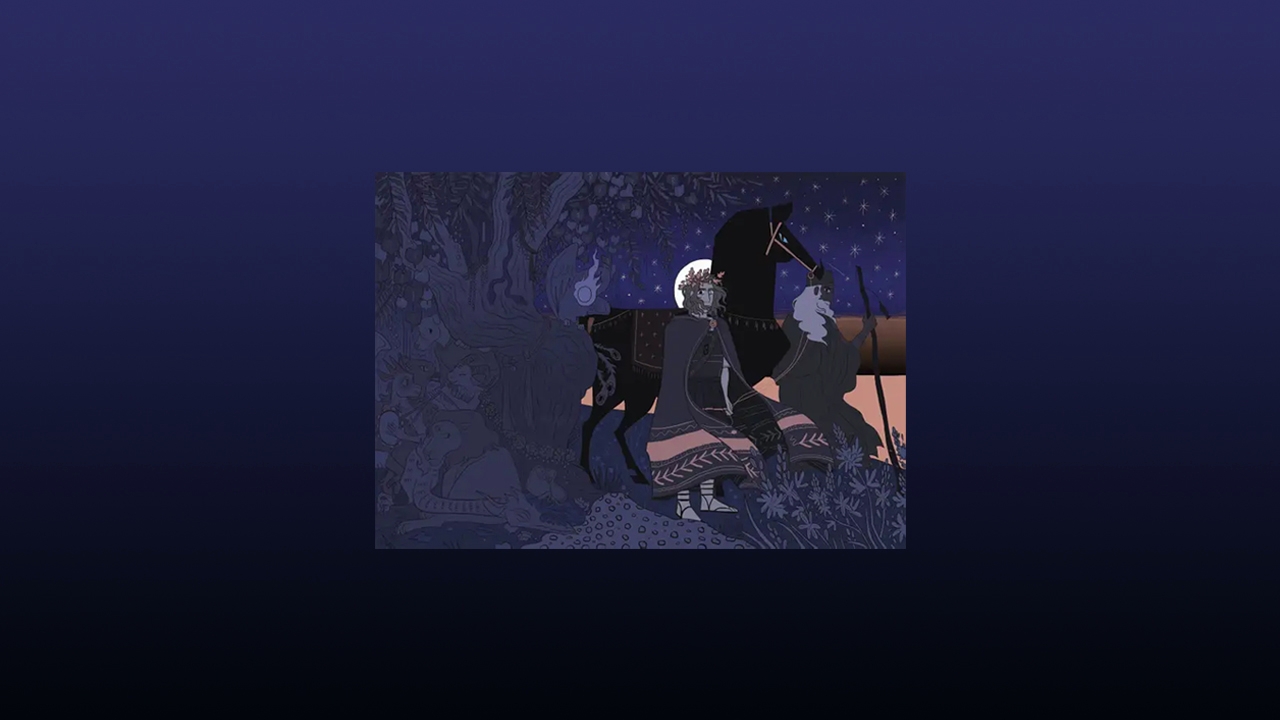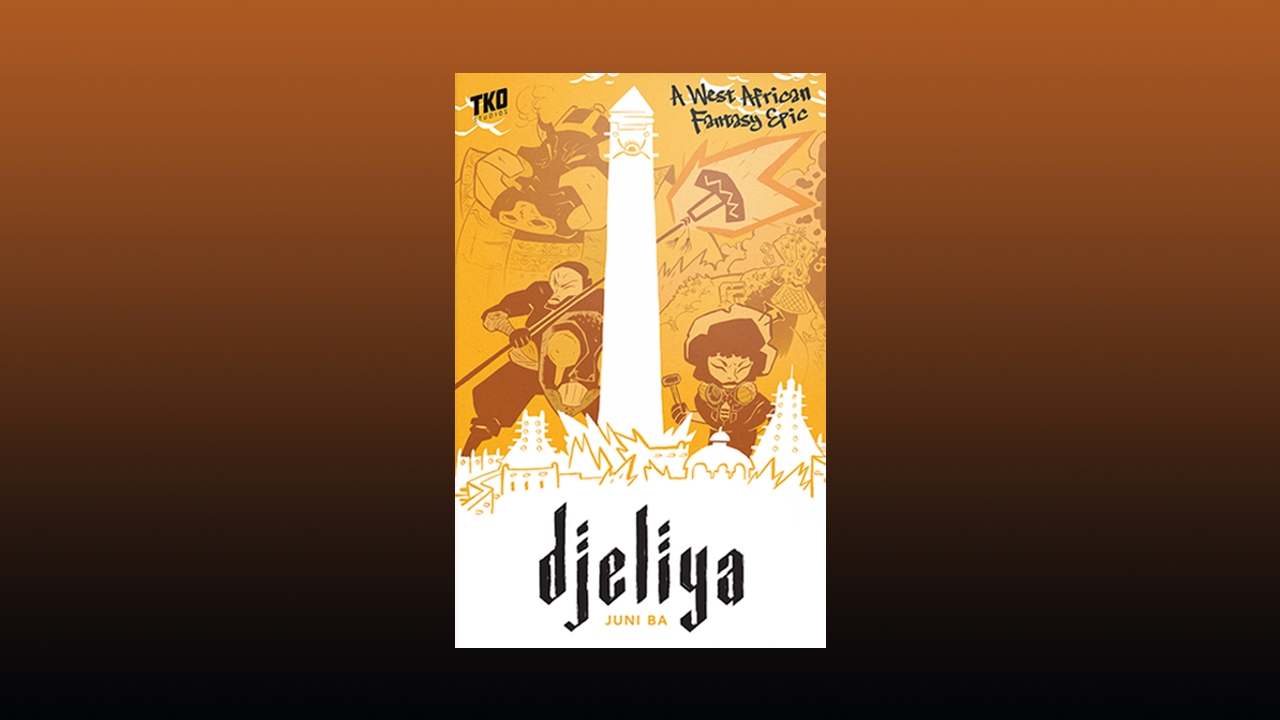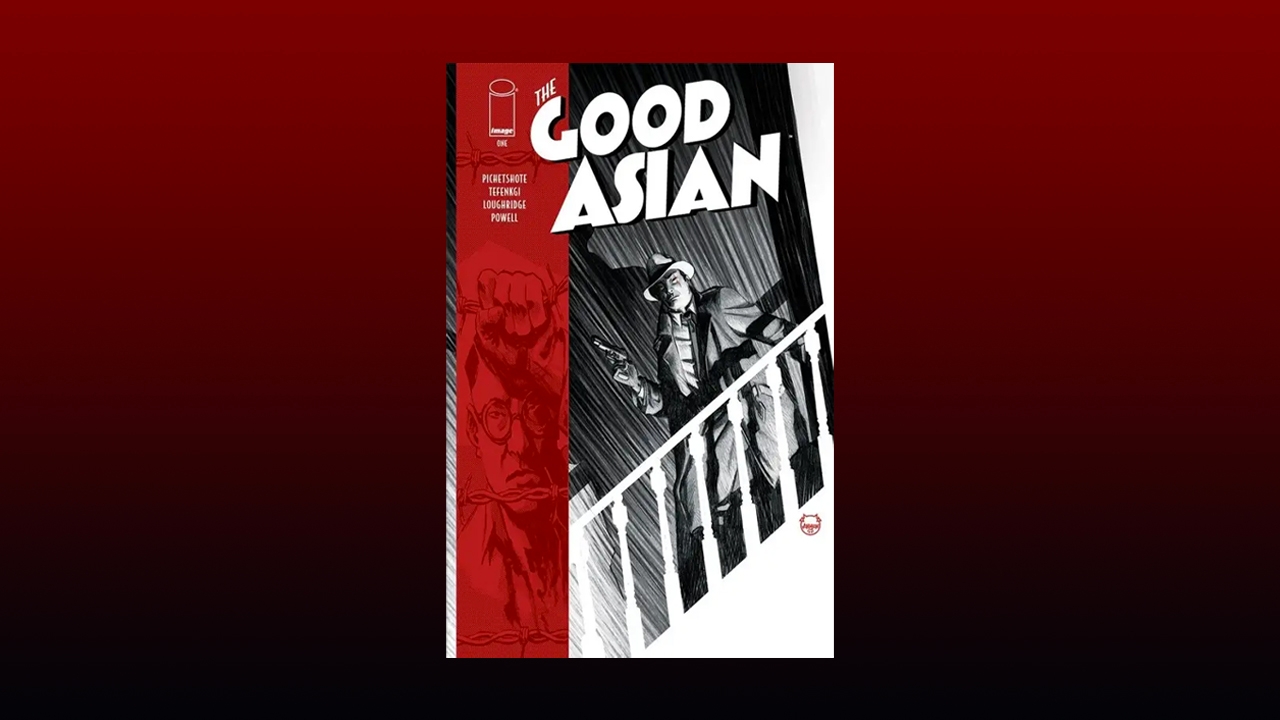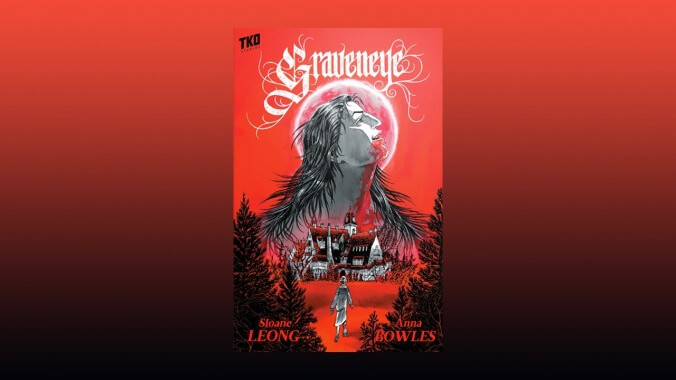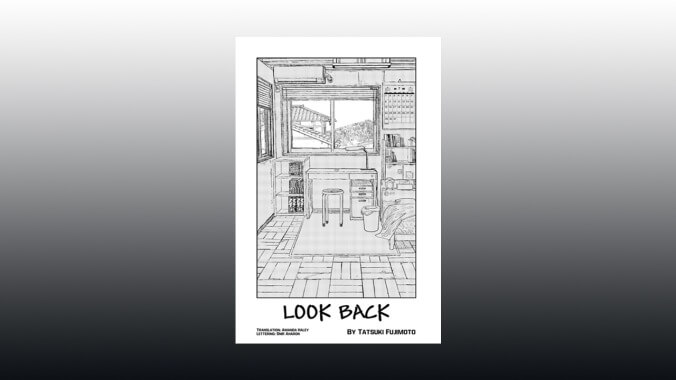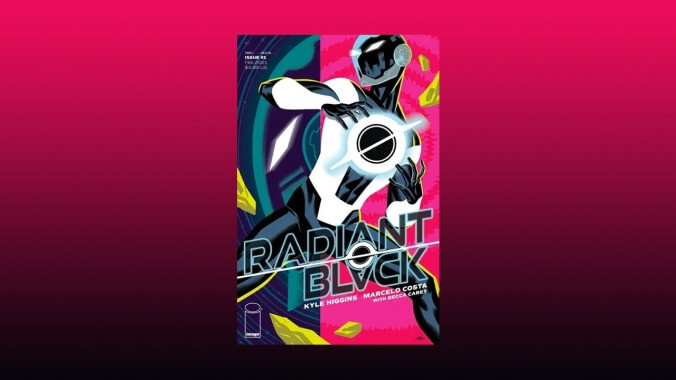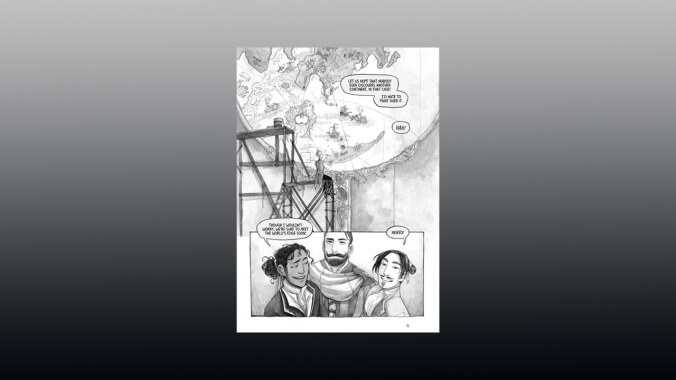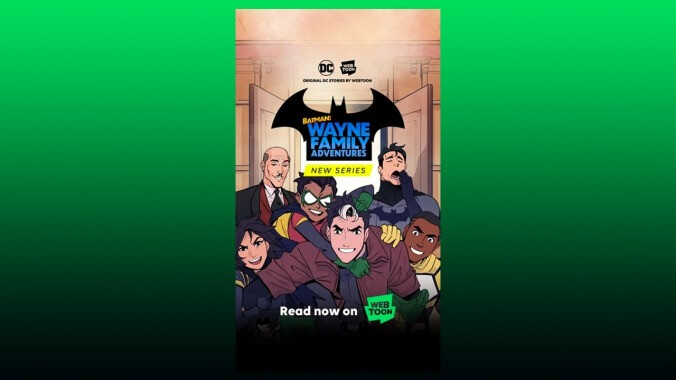The best comics of 2021
The Comics Panel team picks its top 10 comics of 2021
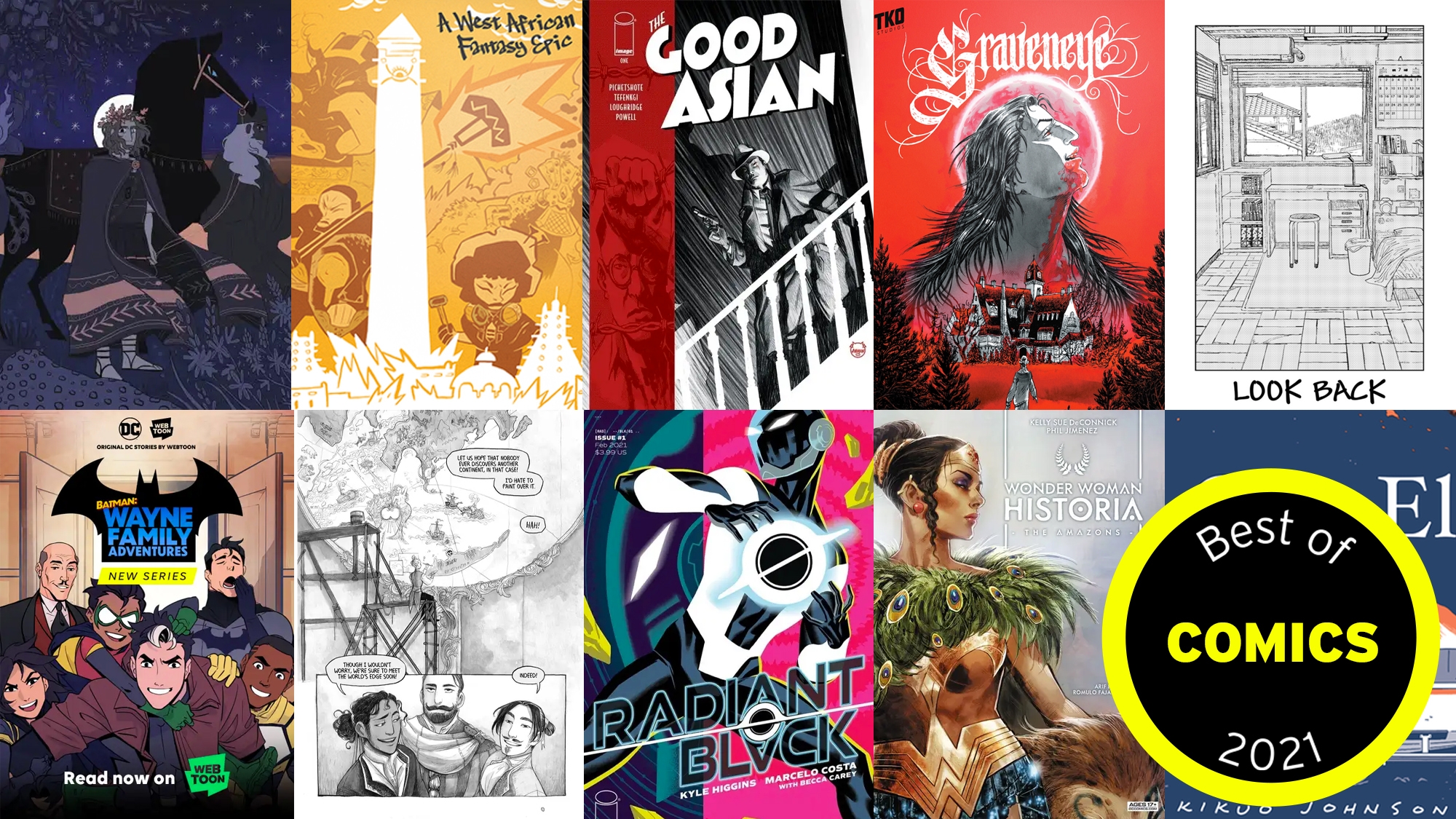
Clockwise from top left: Alexander, The Servant, And The Water Of Life (Image: Reimena Yee), Djeliya (Image: TKO Studios), The Good Asian (Image: Image Comics), Graveneye (Image: TKO), Look Back (Image: Viz Media), No One Else (Image: Fantagraphics), Wonder Woman Historia: The Amazons (Image: DC Comics), Radiant Black (Image: Image Comics), Tiger, Tiger (Image: Petra Erika Nordland), Wayne Family Adventures (Image: DC Comics/Webtoon) Graphic: Natalie Peeples
The comic book industry has shifted after the massive disruption of 2020. Publishers started exploring new distribution partners in 2021, and big-name creators joined forces with Substack to make the newsletter platform a surprising power-player. Seeing the massive success of the Webtoon digital platform, DC and Marvel both launched their own vertical-scroll digital comics, with the former partnering with Webtoon directly (and seeing much better results). Change often inspires creativity, and this year saw some exceptional releases from all corners of the industry. Here are the 10 best comics of 2021, according to our Comics Panel writers.
Join the discussion...
